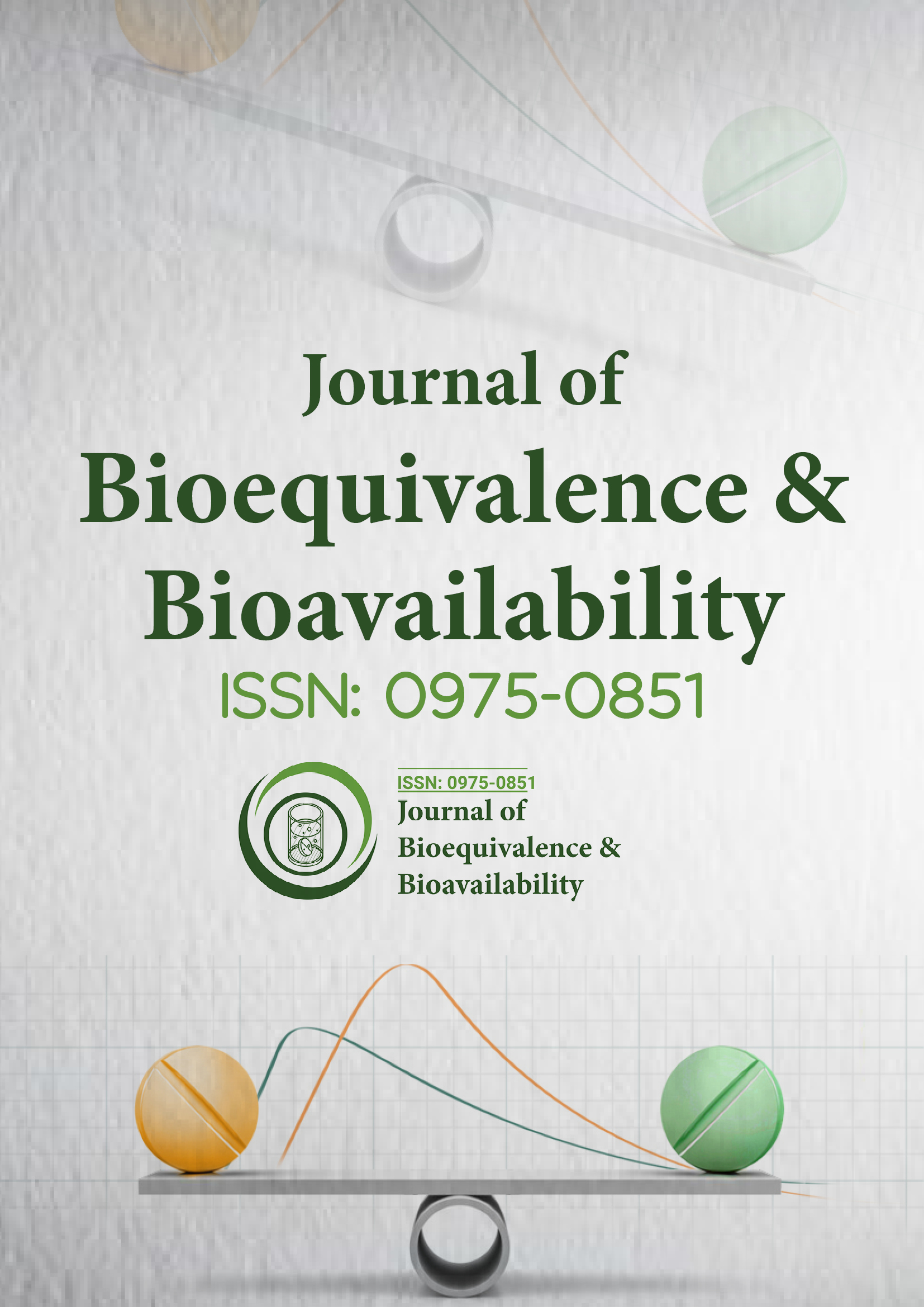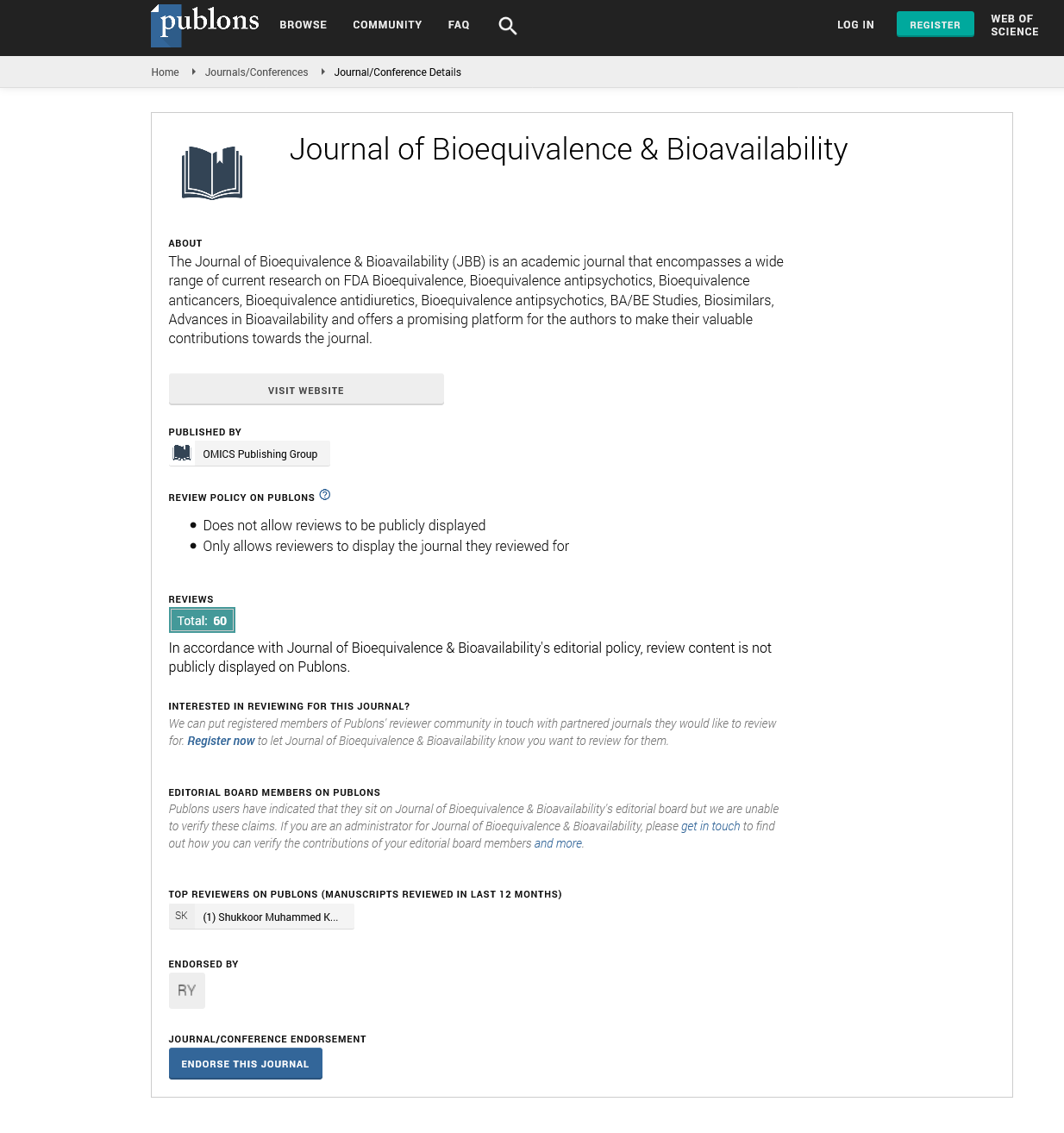Indexed In
- Academic Journals Database
- Open J Gate
- Genamics JournalSeek
- Academic Keys
- JournalTOCs
- China National Knowledge Infrastructure (CNKI)
- CiteFactor
- Scimago
- Ulrich's Periodicals Directory
- Electronic Journals Library
- RefSeek
- Hamdard University
- EBSCO A-Z
- OCLC- WorldCat
- SWB online catalog
- Virtual Library of Biology (vifabio)
- Publons
- MIAR
- University Grants Commission
- Geneva Foundation for Medical Education and Research
- Euro Pub
- Google Scholar
Useful Links
Share This Page
Journal Flyer

Open Access Journals
- Agri and Aquaculture
- Biochemistry
- Bioinformatics & Systems Biology
- Business & Management
- Chemistry
- Clinical Sciences
- Engineering
- Food & Nutrition
- General Science
- Genetics & Molecular Biology
- Immunology & Microbiology
- Medical Sciences
- Neuroscience & Psychology
- Nursing & Health Care
- Pharmaceutical Sciences
Matsopoulos G
Matsopoulos G
Greece
Publications
-
Research Article
Transperineal Implementation of Biocompatible Balloon in Patients Treated With Radiotherapy for Prostate Carcinoma: Feasibility and Quality Assurance Study in Terms of Anatomical Stabilization Using Image Registration Techniques
Author(s): Vassilis K, Matsopoulos G, Georgakopoulos J, Kalogeropoulos T, Platoni K, Asimakopoulos C, Beli I, Pantelakos P, Zygogianni A, Kouvaris J and Kelekis NVassilis K, Matsopoulos G, Georgakopoulos J, Kalogeropoulos T, Platoni K, Asimakopoulos C, Beli I, Pantelakos P, Zygogianni A, Kouvaris J and Kelekis N
The purpose of this study was to evaluate the feasibility of the transperineal implementation of biocompatible balloon (Prospace®) as well as the quality assurance of the procedure in terms of anatomical stabilization of the implant and reproductivity of treatment parameters during radiation therapy. Between December 2011 and February 2012, ten patients diagnosed with localized low risk prostate cancer, GS <7, PSA <10, cT1-2, were treated with external three dimensional conformal radiation therapy (3DCRT). Before the initiation of treatment, the Prospace® balloon was implanted by a minimally invasive procedure, though the perineum in the intermediate space between the rectum and the prostate. All patients underwent 3DCRT with 76-78 Gy in 38-39 daily fractions (2.0 Gy/ fraction). We evaluated the implant stabilization by examining by Computed Tomography its position right.. View More»
DOI: 10.4172/jbb.1000149

